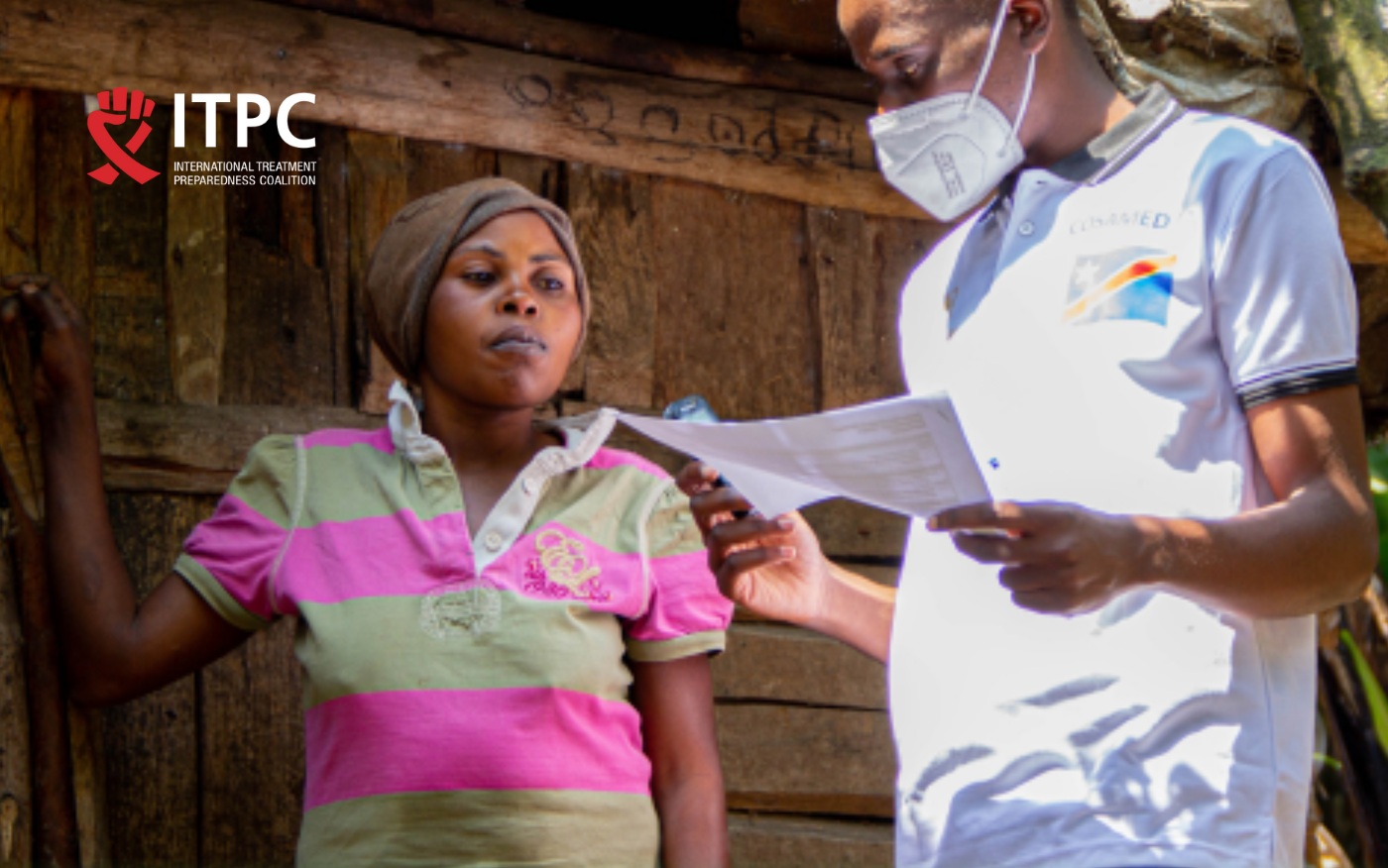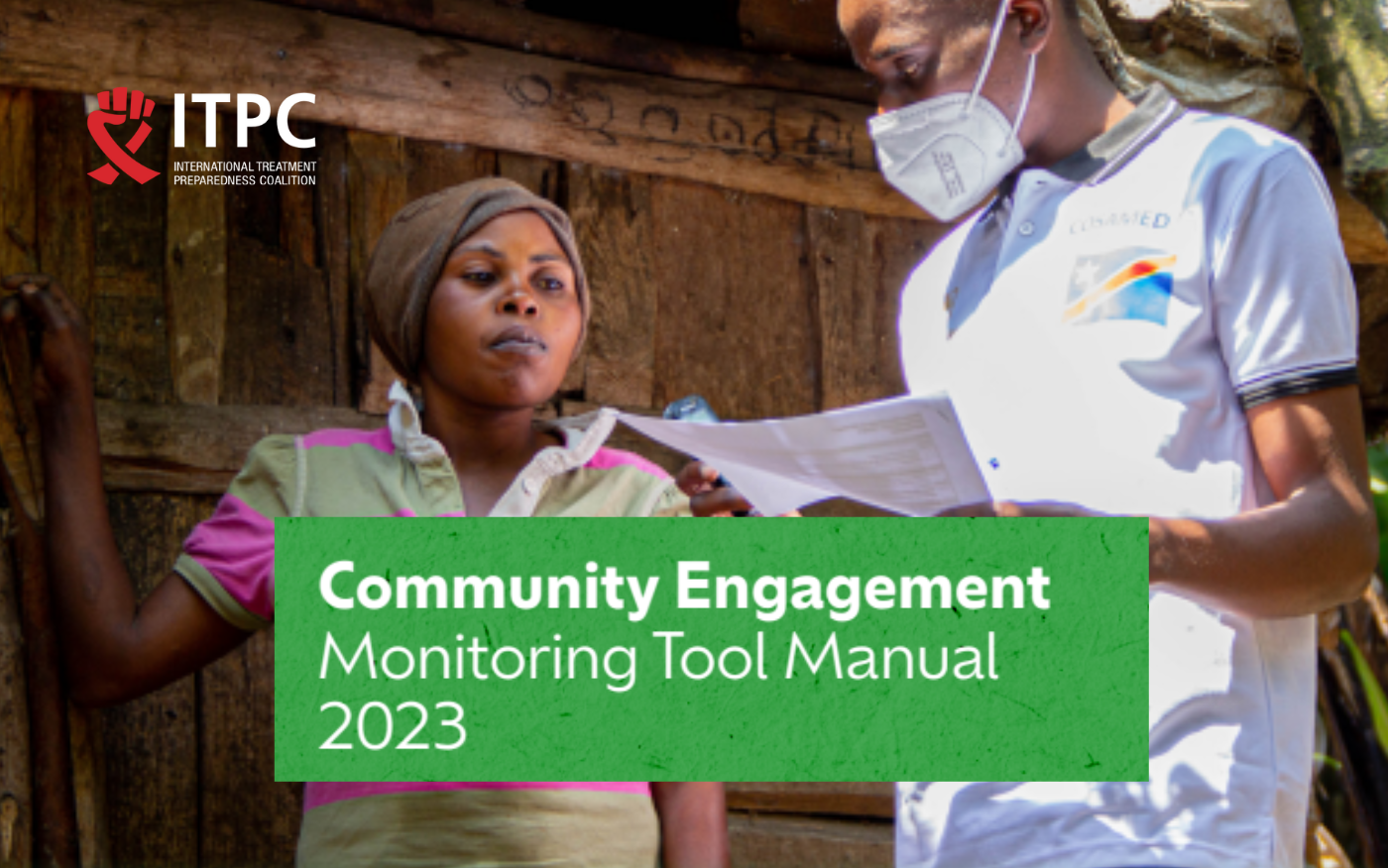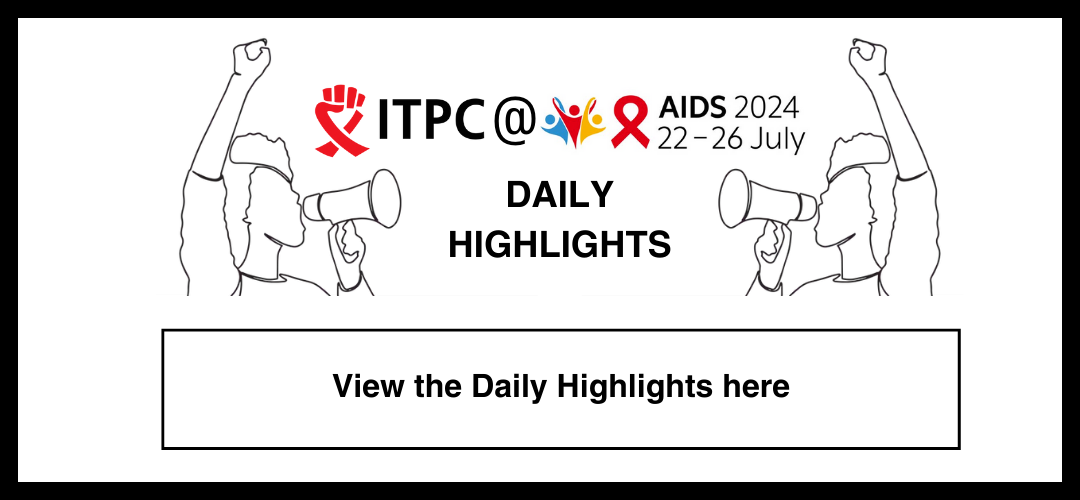Differentiated service delivery (DSD) is a person-centered approach that simplifies and adapts HIV services across the cascade in ways that both serve the needs of people living with and vulnerable to HIV and optimize available resources in health systems.
Since DSD relies on people-centered practices, community engagement (CE) is central to its success.
CE is a process of developing relationships that enable stakeholders to work together to address health-related issues and promote well-being to achieve positive health impact and outcomes.
However, there is a lack of tools to assess CE, both in general and specifically regarding DSD. In response to this gap, the Community Engagement Community of Practice and a community advocacy network (CAN) were formed, supported by ICAP at Columbia University and the HIV Coverage, Quality, and Impact Network (CQUIN), with funding from the Bill & Melinda Gates Foundation.
In collaboration with the International Treatment Preparedness Coalition (ITPC), the CAN developed a Community Engagement Framework and a Monitoring Tool to track and enhance CE in DSD policy development, program design, planning, implementation, monitoring, and evaluation.
The results from a pilot of the CE tracking tool in Kenya and in the Democratic Republic of Congo (DRC) in 2021 provided insightful results and sparked interest in the broader CQUIN network.
The Excel-based CE tracking tool containing 19 quantitative indicators was then translated from English into French and Portuguese, data collectors were trained, and the tracking tool rolled out in 20 countries between July and November 2022.
Based on extensive feedback and experiences from the 2022 roll-out, the CE monitoing tool was further streamlined and complemented by a CE Monitoring Tool Manual.
This assessment seeks to answer if and how communities are engaged in DSD design and implementation, as well as monitoring and evaluation (M&E) across the policy, program, and community levels.
The key findings and corresponding recommendations bring further insight into levels of engagement and how to strengthen meaningful CE in countries rolling out.



